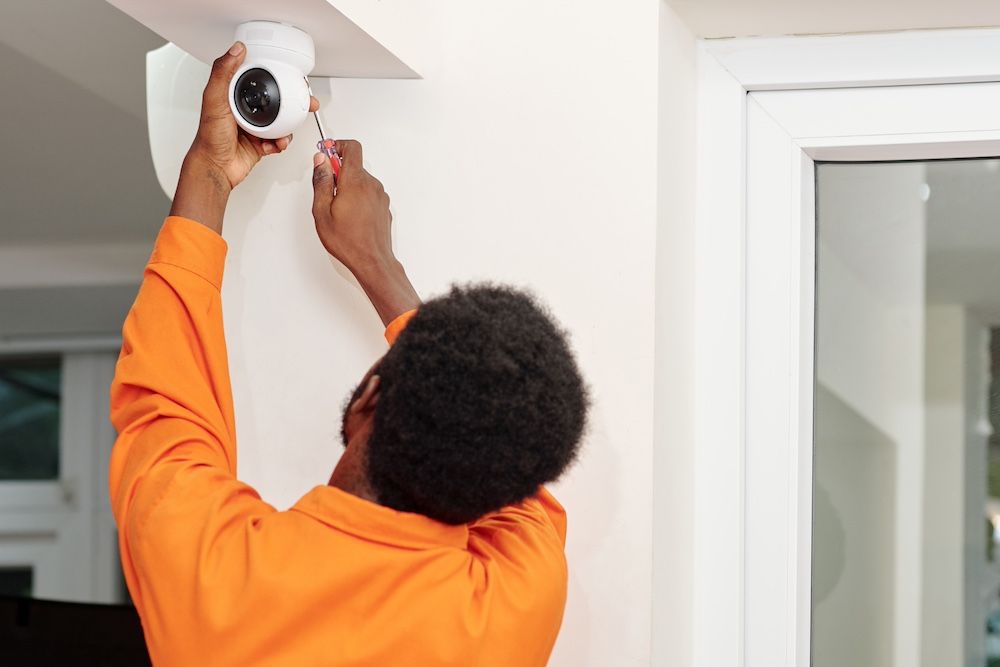Ensuring the safety of your family encompasses a comprehensive approach that combines physical security enhancements, digital safety measures, and personal safety education. This article explores practical strategies to enhance safety across these different dimensions, including an expanded focus on the benefits and strategic use of home security cameras.
Physical Home Security: Enhancing home security is fundamental in creating a safer family environment. Key measures include: Home Security Systems: Install a comprehensive home security system that includes surveillance cameras, motion detectors, and window sensors. These systems not only deter potential intruders but also provide critical real-time alerts that can be crucial in emergency situations. Enhanced Camera Surveillance: Use home security cameras effectively by placing them at all entry points and common areas. Modern cameras offer features like remote viewing, night vision, and motion-triggered recording, adding an extra layer of security and peace of mind. Secure Doors and Windows: Reinforce all entry points with high-quality locks and consider installing security film on windows to prevent break-ins. Additional sensors on windows and glass doors can alert you to any unauthorized entry attempts. Exterior Lighting: Well-placed, motion-activated lights can deter potential intruders and help family members enter and exit the property safely during nighttime hours.
Fire Safety: Fire prevention and readiness are critical components of home safety: Smoke Detectors and Alarms: Ensure that smoke detectors are installed on every floor and in all sleeping areas. Connect them to your smart home system for alerts, even when you are not at home. Fire Extinguishers: Strategically place fire extinguishers throughout the home, especially in the kitchen, garage, and near any heating appliances. Regular Maintenance Checks: Schedule regular inspections for your home’s electrical system, heating devices, and chimneys to prevent fire hazards.
Child Safety: Protecting children in the home involves both physical safety measures and educational strategies: Childproofing Essentials: Secure cabinets, use safety gates, and ensure harmful substances are out of reach. Install window guards and corner protectors where necessary. Supervised Play Areas: Create designated areas in the home and yard that are safe for play, away from high-traffic zones and potential hazards. Safety Education: Regularly teach children about safety, including how to dial emergency services, the importance of not opening the door to strangers, and basic fire safety practices.
Cyber Security: Protecting your family online is as important as physical security:
Secure Wi-Fi Network: Ensure that your home network is protected with a strong password and up-to-date security protocols. Regularly update your router’s firmware to guard against vulnerabilities. Parental Controls and Monitoring: Implement parental controls on devices to limit access to inappropriate content and monitor online interactions, especially for younger children. Online Safety Education: Educate all family members about the dangers of the internet, including the risks of sharing personal information and recognizing online scams and cyberbullying.
Family safety requires a diligent, layered approach that covers physical security, fire safety, childproofing, and cyber protection. By integrating smart technologies such as home security cameras with traditional safety measures, families can create a secure environment that promotes peace of mind and protects against various threats.




